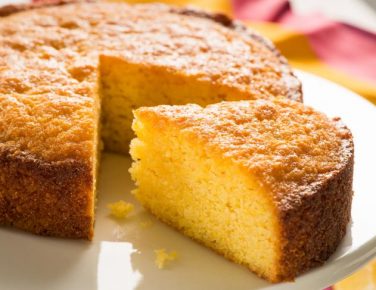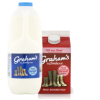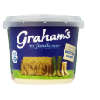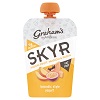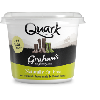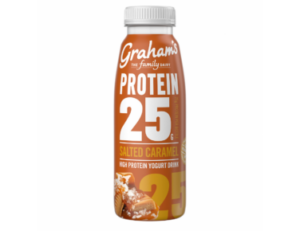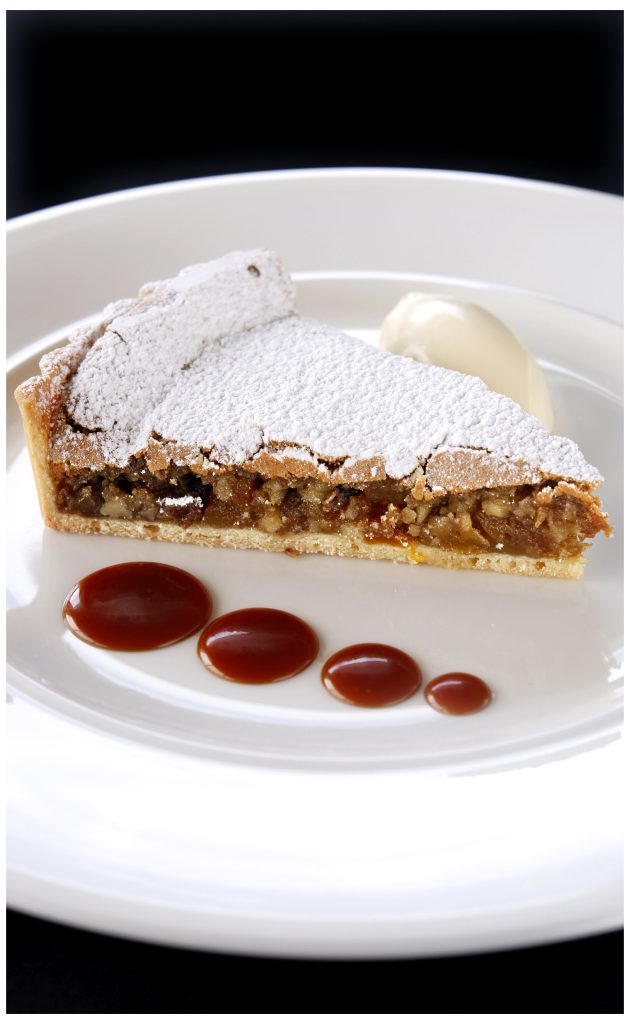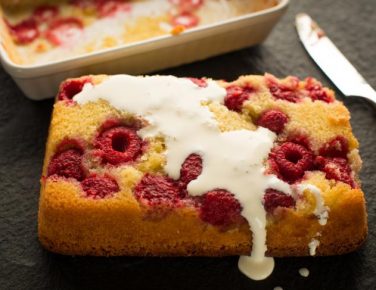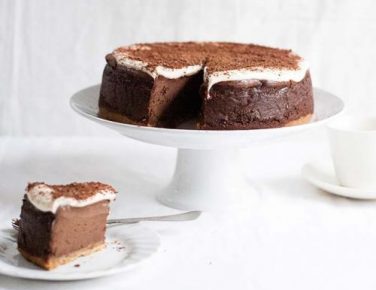Step 1
Make the tart case ahead and freeze.
Step 2
For the sable paste tart case, cream the butter and icing sugar together until smooth and light. Slowly work in the egg in a steady stream allowing the egg to mix into the batter. If the batter splits, gently warm the bowl, and mix. Work in the cream and then add the flour in one batch and mix until combined. Do not overwork.
Step 3
Wrap and rest in the fridge for at least 2½ hours before use. It’s best made the day before then it should roll straight from the fridge, otherwise it’s very sloppy.
Step 4
When it’s ready, roll out on a floured surface, keeping it round and even in thickness. Use your rolling pin to pick up the pastry and manoeuvre it over the buttered flan tin. Use any leftover pastry to patch up any breakages and press the pastry into the sides of the tin and trim the top.
Step 5
Line the case with cling film and fill with baking beans, place on a baking sheet and bake at 180C for 10-12 minutes.
Step 6
Remove from the oven and lift out the cling film and beans. Return the pastry to the oven for 4-5 minutes to crisp up. To remove the pastry case from the tin, place the tin on an upturned bowl and gently push the outer ring downwards and off the pastry. When completely cool it’s ready to be used.
Step 7
For the filling, preheat the oven to 170C. Melt the butter until liquid and let cool to blood temperature. Cream the eggs and sugar together to the ribbon stage, then work in the melted butter. Stir in the fruit, nuts and vinegar and tip into the flan shell, making sure the fruit and nuts do not stick up above the line of the filling.
Step 8
Cook for 25-30 minutes. Serve dusted with icing sugar and a dollop of crème fraîche, with a splash of caramel sauce on the side, if you fancy.
Step 9
If you do want to make the caramel sauce, here’s how. First put on a pair of rubber gloves to protect yourself from boiling sugar burns. Heat a heavy based pan over a medium heat. Add the sugar to the pan. When the sugar starts to melt, give the pan a shake and allow it to continue to melt.
Step 10
When there is more liquid than dry sugar, use a heatproof spatula to work in the rest of the sugar, breaking down any lumps. Watch out for hot spots. Gently push the sugar around to incorporate cool sugar into hot areas. Do not over stir or the sugar will clump. When you have a pale golden caramel colour, carefully begin to stir in the cream. The pan will start to bubble the moment you add liquid, so only put in about 50ml at a time or clumps of caramel will form, but work quickly or the mix may start to burn.
Step 11
When ready the sauce can be served hot or cold. A good way to use it is to cool it and pour into a squeezy sauce bottle, reheating if required in the microwave or a bowl of hot water. The sauce will keep for a week in the fridge and can be frozen.
Enjoy!
